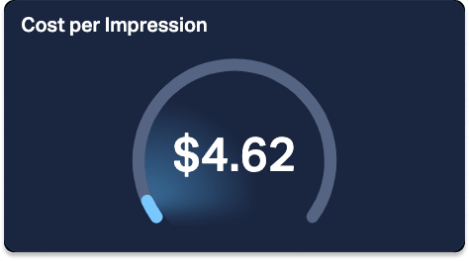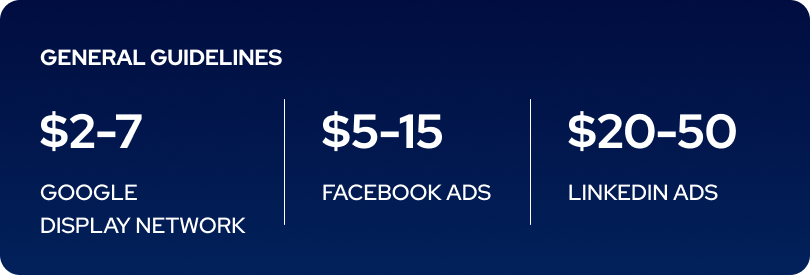CPI vs. CPC: What’s better?
When it comes to advertising on social media platforms, there’s another KPI that’s often compared to Cost per Impression–Cost per Click (CPC). How do you distinguish between these two metrics, and what are the best practices for use with CPI?
First, remember CPI’s other name–Clicks per Mille, or “thousand.” Thus, CPI/CPM gives the cost for every thousand impressions your ad receives. CPC, meanwhile, charges you by the click regardless of how many people have seen the ad.
Second, CPI is generally cheaper and easier to manage than CPC, especially for smaller companies. What’s true for one type of business isn’t necessarily so for another, and small companies with limited resources and a fixed budget will have an easier time working with CPI.
Finally, because of its more “bespoke” nature, CPI is more focused on brand awareness rather than raw lead generation. So, if your goal is to generate buzz about your product or try to establish a presence in the market, CPI is your better bet.
In the end, Cost per Impression is a tool rather than an indication of final outcome – its intended use is to minimize future expenses related to customer acquisition.
Other, similar KPIs to Cost per Impression include:


